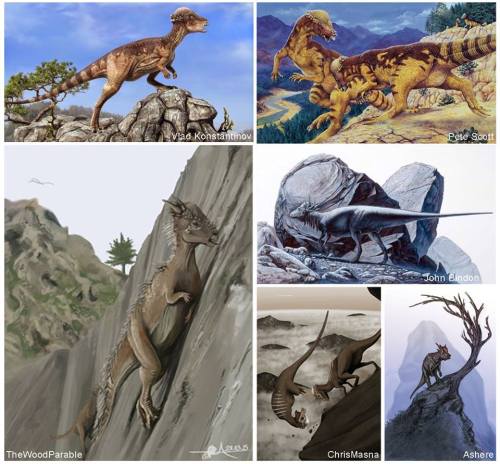I could hardly expect everyone else to write about their own papers without taking a turn myself at some point. In may case it’s a fairly recent paper that I’d like to cover, my paper in the Journal of Zoology on sorting out hypotheses for behaviour when dealing with fossil species. OK, so it’s only a few years old and things take time to accrue citations, but it does seem to have had very little impact given the raft of papers I have seen that (I think) would really benefit from taking a look at what I and my coauthor Chris Faulkes proposed.
Over the last few years I’ve become increasingly invested in looking at definitions and how they are used. When you are trying to look at multiple species and compare them, or get a sense of something of the state of play for an issue like the ratio of different life stages of animals, it’s enormously helpful if everyone is using the same definitions. Unfortunately the opposite is true, people use different words to mean broadly the same thing (without ever clarifying it), or the same word to mean very different things depending on context (again, without ever providing an explicit definition) and the whole situation becomes a bit of a mess. My paper on defining juveniles and adults for dinosaurs is a case in point and similarly, there’s lots of unhelpful use of the term ‘social’ with out reference to other works (especially on living taxa) as covered in my paper on Protoceratops and what it means to be ‘social’.
In short, we need to be careful about how things are defined because that’s important for making data comparable, but it’s also an issue for testing hypotheses. If it’s not clear what you mean by ‘juvenile’ then it’s very hard to say whether or not this is the correct assignment, or using it to assess a growth pattern etc. The other side of this, is whether or not a hypothesis is really credible in the first place. I think with palaeontology we are so used to dealing with incomplete specimens and limited data generally that hypotheses based on little evidence is the norm, but it does seem that when it comes to behaviour (and / or ecology) these can get erected based on almost nothing at all, and really only add to a long list of vague statements that don’t really add anything to our understanding of how animals lived. I won’t pick on any specific examples, but it’s not hard to find hypotheses like ‘this animal may have been a piscivore / scavenger / hunted in packs / migrated long distances’ and so on based on the flimsiest of lines of evidence. Statements about the sociality of whole clades of taxa based on a set of footprints of two individuals together is not something that should be taken seriously, but too often it’s not only published but then picked up and carried forwards.
So my paper on establishing hypotheses was designed to be something that could help provide guidance towards making hypotheses stronger. What lines of evidence would likely be useful to support a case, which would be weaker, how can that evidence be best integrated with available data or our understanding of the behaviour of living animals? Taken together, is an idea even supported by enough data to make it worth evoking as a formal hypothesis and if so, how can this best be formalised to the species or specimen in hand in a way that is supported by the evidence and is most amenable to further support or even formal testing later on?
I think this is really important. We as a field have become so much better at being rigorous when it comes to assessing ideas about descent, relationships, ages, functional morphology, evolutionary patterns and many more, but I do think that behaviour really lags here. Too many vague and unsupported hypotheses are not just in the literature, but are entering the literature and I do hope that the ideas in this paper will help slow up some of this and get people (authors, referees and editors) to take a more critical look at terms and how they are used, and in particular the support for hypotheses about behaviour.




Recent Comments